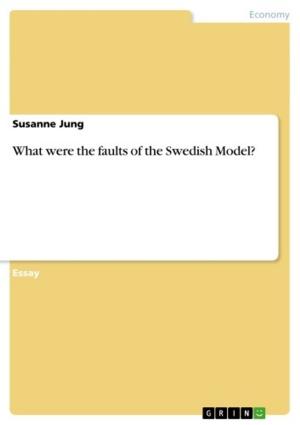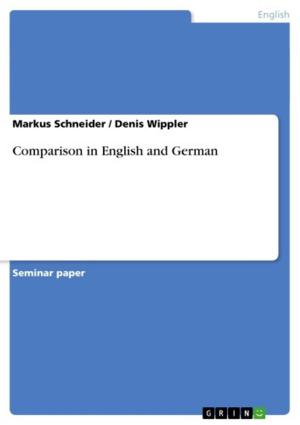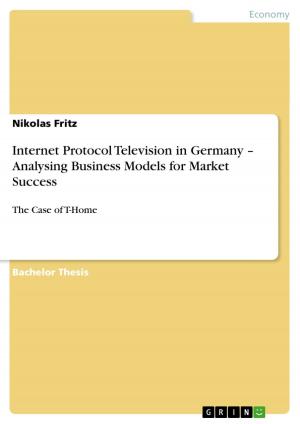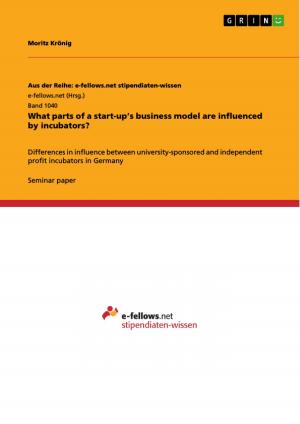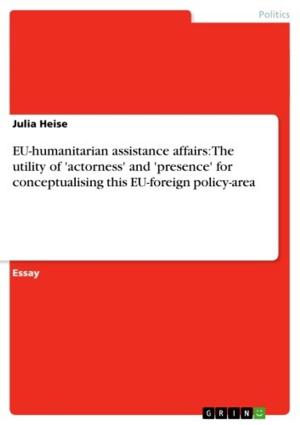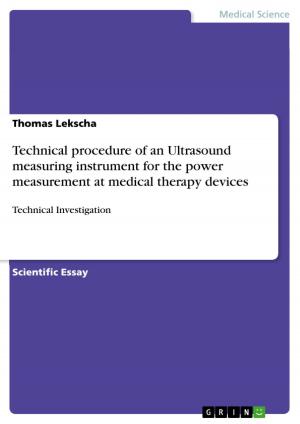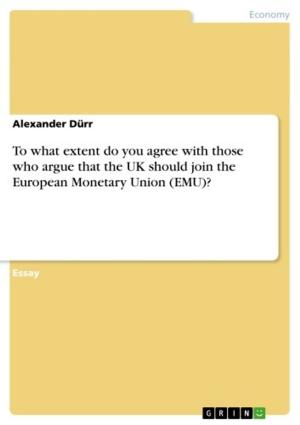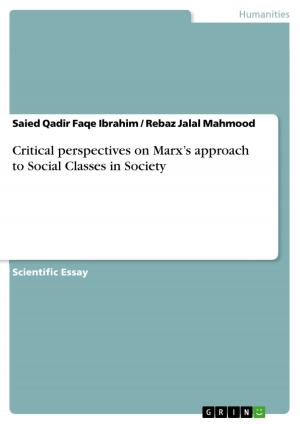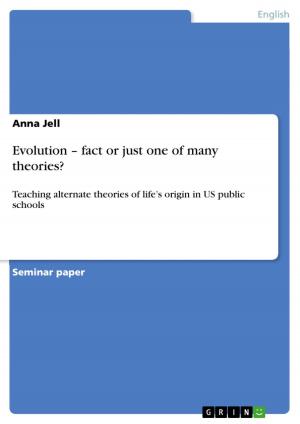Monetary Policy and Exchange Rate Volatility in a Small Open Economy
Nonfiction, Social & Cultural Studies, Political Science, Politics, Economic Policy| Author: | Jonas Böhmer | ISBN: | 9783640438594 |
| Publisher: | GRIN Publishing | Publication: | October 2, 2009 |
| Imprint: | GRIN Publishing | Language: | English |
| Author: | Jonas Böhmer |
| ISBN: | 9783640438594 |
| Publisher: | GRIN Publishing |
| Publication: | October 2, 2009 |
| Imprint: | GRIN Publishing |
| Language: | English |
Seminar paper from the year 2008 in the subject Business economics - Economic Policy, grade: 1,3, University of Bonn (Wirtschaftspolitische Abteilung der Rechts- und Staatswissenschaftlichen Fakultät), course: Geldtheorie- und politik, language: English, abstract: Does inflation reduce welfare? What is worse, a volatile exchange rate or a high inflation rate? And is the central bank able to drive these variables? These questions are the topic of a paper by Jordi Gali and Tommaso Monacelli, published in 2005 and titled 'Monetary Policy and Exchange Rate Volatility in a Small Open Economy'. As apparent by the title Gali and Monacelli (G+M) analyze the influence of monetary policy on the volatility of the exchange rate, more precisely the nominal exchange rate and the terms of trade. For this purpose they create a small open economy with sticky prices of Calvo-type. Due to its minor size this economy does not influence the world economy. However, depending on the degree of openness this economy is affected by the rest of the world. Having specified this framework, G+M introduce three different monetary regimes and evaluate the resulting exchange rate volatilities . Using a central bank loss function G+M rank these three rules according to the implied welfare which shows a positive correlation between welfare and exchange rate volatility. Thence G+M prefer Taylor rules over an exchange rate pegging. To get a general idea of Gali and Monacelli`s argumentation this expose will start in chapter 2 with an abbreviated overlook over G+M's model of a small open economy. In the following chapter there will be the introduction of the three central bank rules, necessary to close the model, as well as an analysis of the underlying welfare levels. Since the welfare evaluation is based on some special assumptions, chapter 4 will give an overview of recent literature which discusses possible extensions as well as their implications for G+M's ranking of implied welfare. Concluding chapter 5 will summarize G+M's most important results as well as evaluate if the possible extensions render G+M's analysis, respectively their results, worthless.
Seminar paper from the year 2008 in the subject Business economics - Economic Policy, grade: 1,3, University of Bonn (Wirtschaftspolitische Abteilung der Rechts- und Staatswissenschaftlichen Fakultät), course: Geldtheorie- und politik, language: English, abstract: Does inflation reduce welfare? What is worse, a volatile exchange rate or a high inflation rate? And is the central bank able to drive these variables? These questions are the topic of a paper by Jordi Gali and Tommaso Monacelli, published in 2005 and titled 'Monetary Policy and Exchange Rate Volatility in a Small Open Economy'. As apparent by the title Gali and Monacelli (G+M) analyze the influence of monetary policy on the volatility of the exchange rate, more precisely the nominal exchange rate and the terms of trade. For this purpose they create a small open economy with sticky prices of Calvo-type. Due to its minor size this economy does not influence the world economy. However, depending on the degree of openness this economy is affected by the rest of the world. Having specified this framework, G+M introduce three different monetary regimes and evaluate the resulting exchange rate volatilities . Using a central bank loss function G+M rank these three rules according to the implied welfare which shows a positive correlation between welfare and exchange rate volatility. Thence G+M prefer Taylor rules over an exchange rate pegging. To get a general idea of Gali and Monacelli`s argumentation this expose will start in chapter 2 with an abbreviated overlook over G+M's model of a small open economy. In the following chapter there will be the introduction of the three central bank rules, necessary to close the model, as well as an analysis of the underlying welfare levels. Since the welfare evaluation is based on some special assumptions, chapter 4 will give an overview of recent literature which discusses possible extensions as well as their implications for G+M's ranking of implied welfare. Concluding chapter 5 will summarize G+M's most important results as well as evaluate if the possible extensions render G+M's analysis, respectively their results, worthless.

